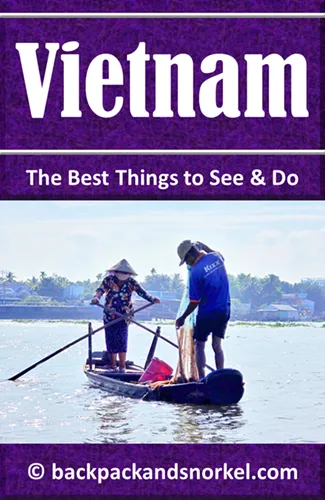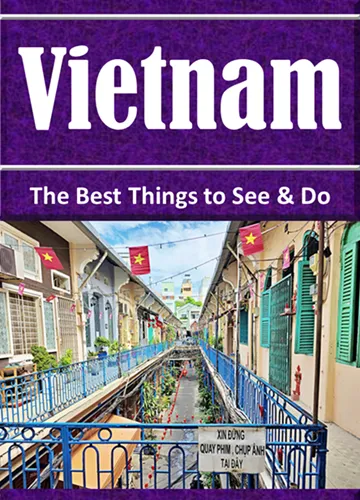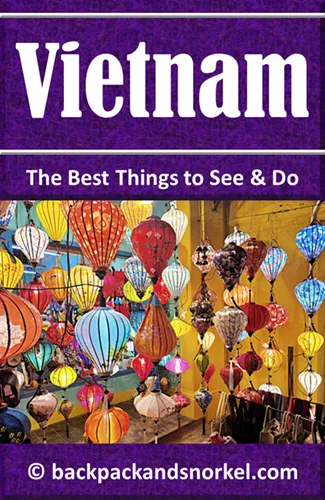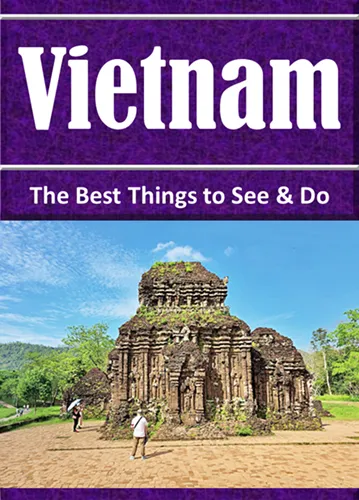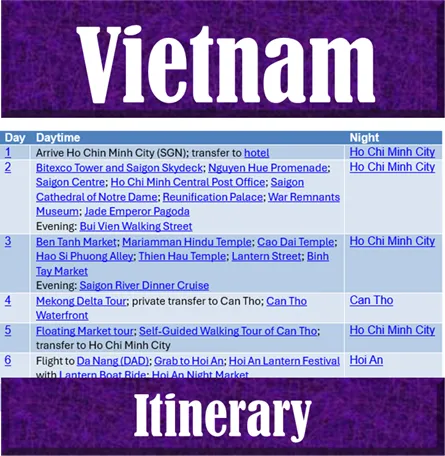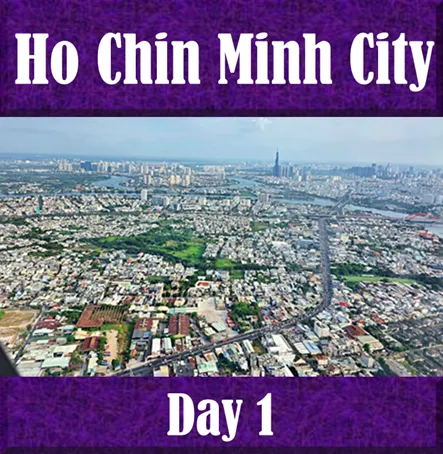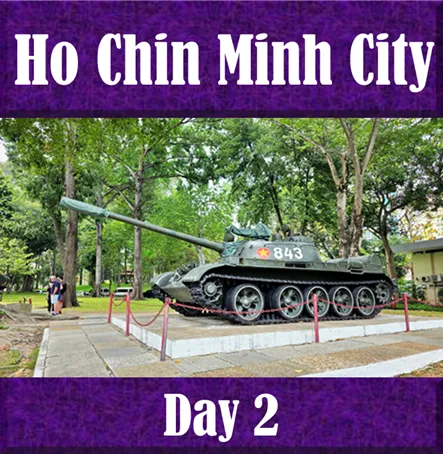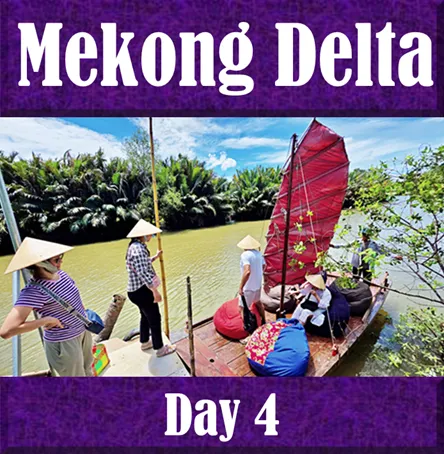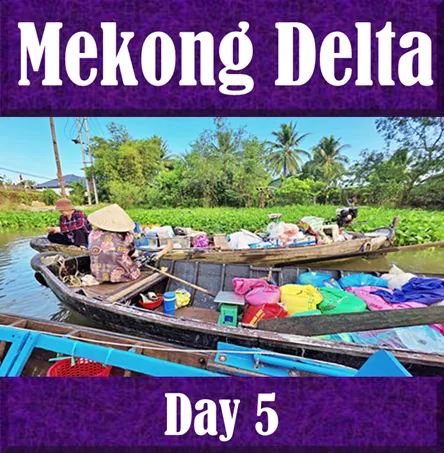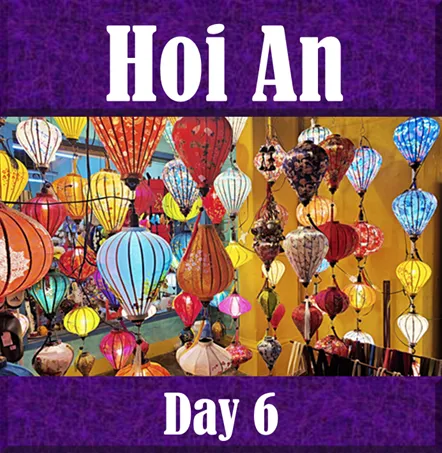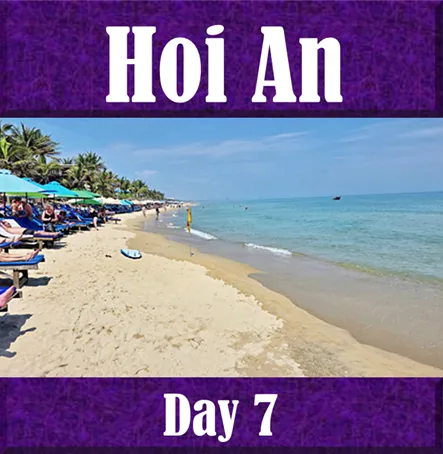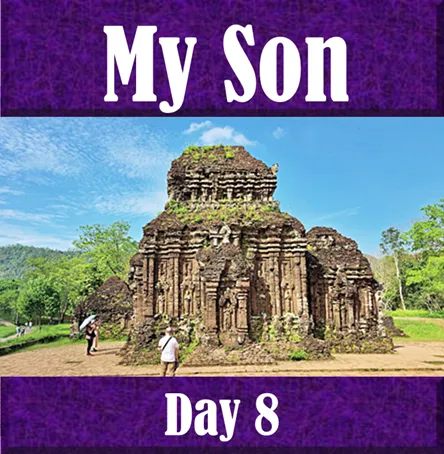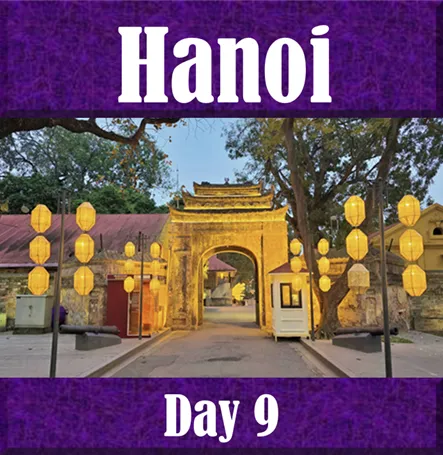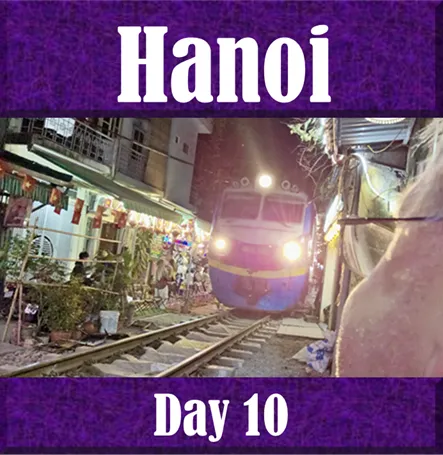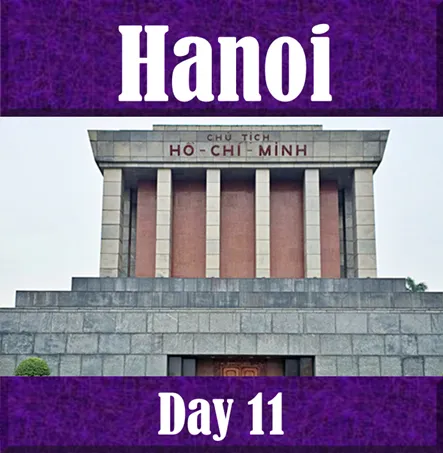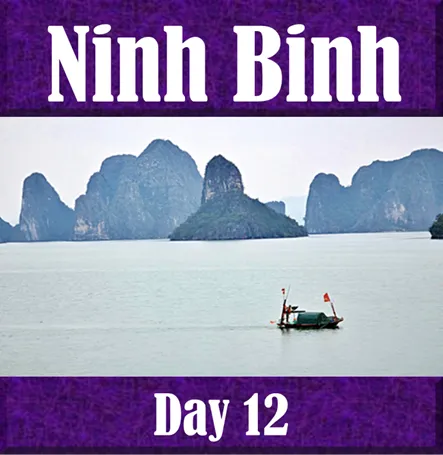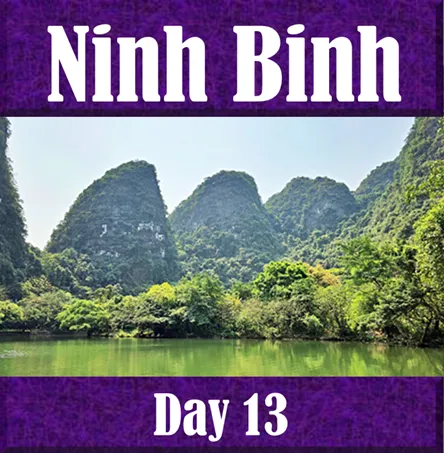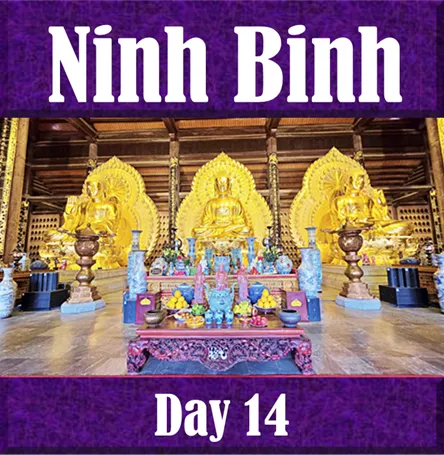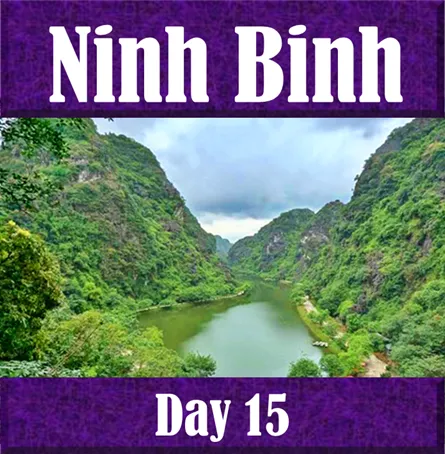Bạch Mã Temple: Hanoi's Oldest Shrine & White Horse Legend | Vietnam Purple Travel Guide
(map, reviews)
This is Premium Content! To access it, please download our
Backpack and Snorkel Purple Travel GuideOpening hours: 8:00 AM – 5:00 PM Tuesdays-Sundays
Admission: Free (donations are welcome)
Dress Code: Modest clothing recommended
Overview of Bach Ma Temple
Located in the bustling heart of Hanoi’s Old Quarter, Bạch Mã Temple (White Horse Temple) is a rare surviving remnant of ancient Hanoi, and a vital link to the city’s spiritual and historical identity. Considered the oldest temple in Hanoi, it dates back to the 9th century and is dedicated to the White Horse deity — a local spirit that guided the legendary founding of the city.
Despite being surrounded by souvenir shops and cafes, this serene shrine offers travelers an evocative glimpse into the soul of the Thăng Long Citadel, Hanoi’s ancient name, and remains an active place of worship even today.
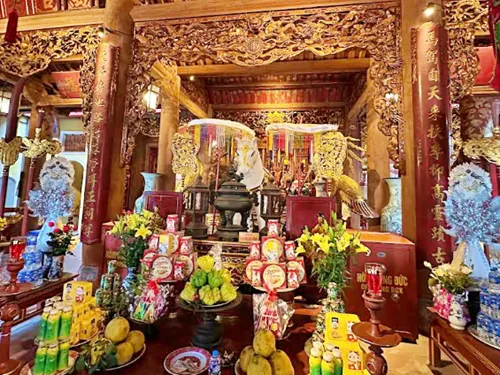
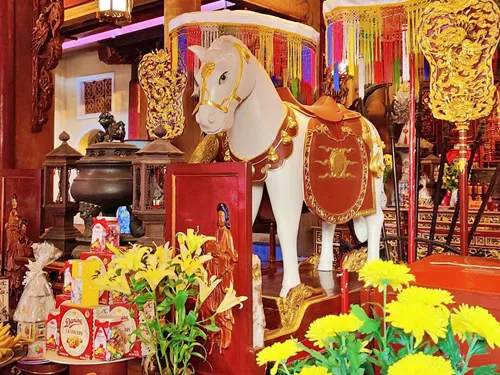
Historical Significance of Bach Ma Temple
Bạch Mã Temple is one of the ‘Four Sacred Temples’ (Thăng Long Tứ Trấn) that protected ancient Hanoi from spiritual harm, guarding the eastern gate of the city.
The Legend of the White Horse:
In the 11th century, Emperor Lý Thái Tổ (founder of the Lý Dynasty) moved the capital to Thăng Long (present-day Hanoi).
He tried to build city walls, but each attempt failed as the walls collapsed repeatedly.
One night, a mystical white horse appeared in a dream and traced a path through the city, indicating where the walls should be built.
The king followed the path, and the walls stood firm.
In gratitude, the emperor ordered the construction of Bạch Mã Temple, naming it after the divine horse spirit.
This story connects the temple directly to the founding of Hanoi as the capital of Vietnam.
What to See at Bạch Mã Temple
Despite its modest size, Bạch Mã Temple is architecturally and spiritually rich. It has been rebuilt and restored multiple times, especially during the 18th and 19th centuries, but it retains many traditional elements.
Highlights Inside Bạch Mã Temple:
Statue of the White Horse: The centerpiece of the temple, this wooden statue honors the spirit that guided the city's construction. Often decorated with silk and offerings.
Altar to Lý Thái Tổ: A shrine commemorating the emperor who founded the temple.
Carved Wood Panels and Inscriptions: The interior is richly decorated with intricately carved beams, gilded altars, and ceremonial objects.
Bronze Bells and Drums: Several ancient ritual instruments are displayed or suspended inside the shrine.
Murals and Decorative Motifs: Floral patterns, guardian spirits, and historical scenes line the walls.
Courtyard and Gate: The temple’s entrance features an ornate gateway (tam quan), leading to a peaceful courtyard with bonsai trees and incense burners.
The temple is still an active place of worship, especially on the 1st and 15th days of the lunar month, so visitors may encounter locals making offerings and praying.
Preservation and Restoration of Bach Ma Temple
The original 9th-century temple has undergone multiple restorations, with significant work done during the Nguyễn Dynasty (19th century).
Much of the current structure reflects 18th- and 19th-century Vietnamese temple design, though some artifacts and foundations may date back earlier.
Tips for Visitors of Bach Ma Temple
Dress appropriately for a temple: ideally long pants or skirts, covered shoulders.
Be respectful when photographing - avoid shooting worshippers without permission.
Check the lunar calendar if you want to witness local offerings or rituals (1st and 15th lunar days are especially active).
Here at Backpack and Snorkel Travel Guides, we promote self-guided walking tours.
But we realize that not everybody likes to walk by themselves in a foreign city. So, just in case that you rather go with ab guide: NO PROBLEM! Please see the GuruWalk and Viator tours below.
free GuruWalk tours
paid Viator tours
Where do you want to go now?
Author: Rudy at Backpack and Snorkel
Bio: Owner of Backpack and Snorkel Travel Guides. We create in-depth guides to help you plan unforgettable vacations around the world.
Other popular Purple Travel Guides you may be interested in:
Like this Backpack and Snorkel Purple Travel Guide? Pin these for later:
